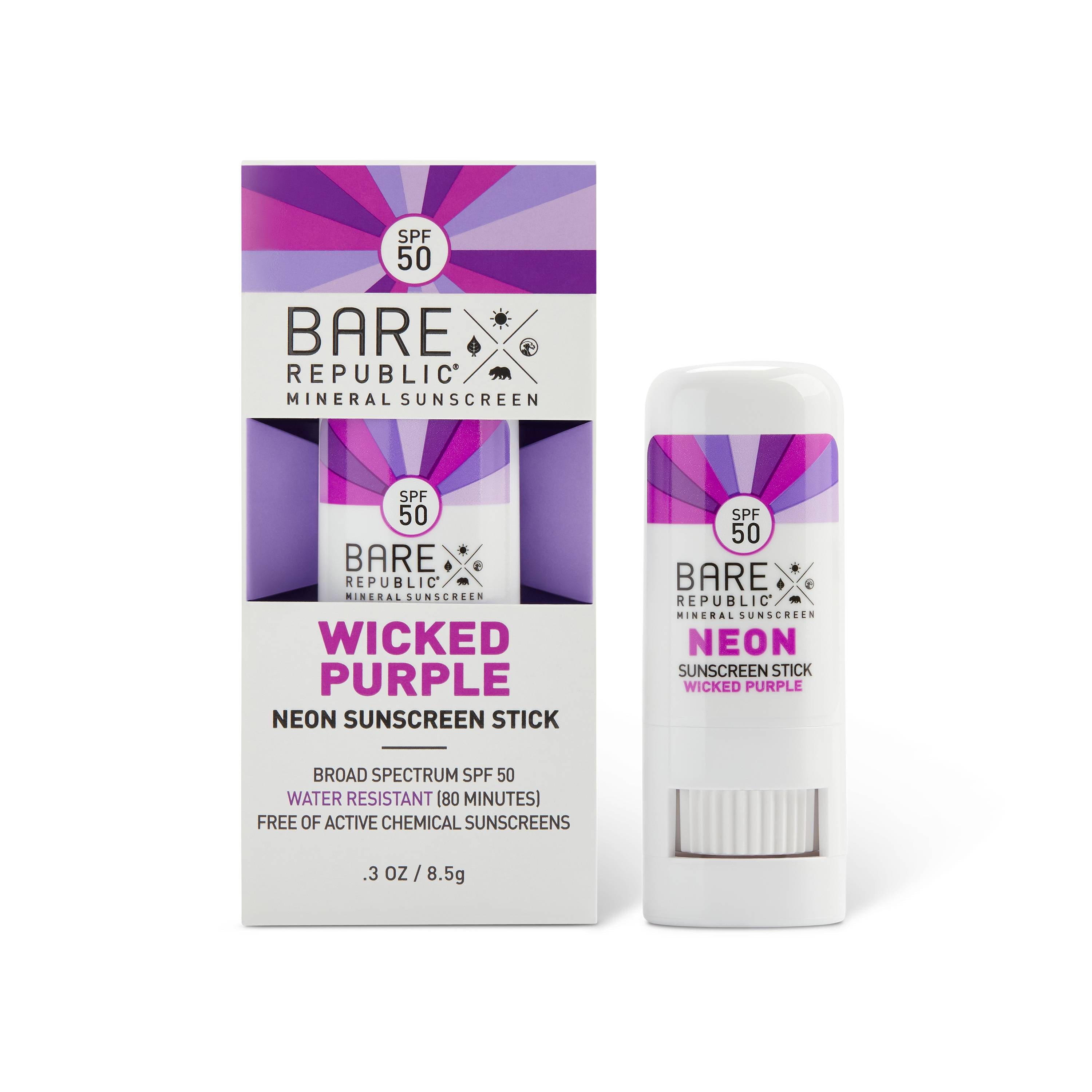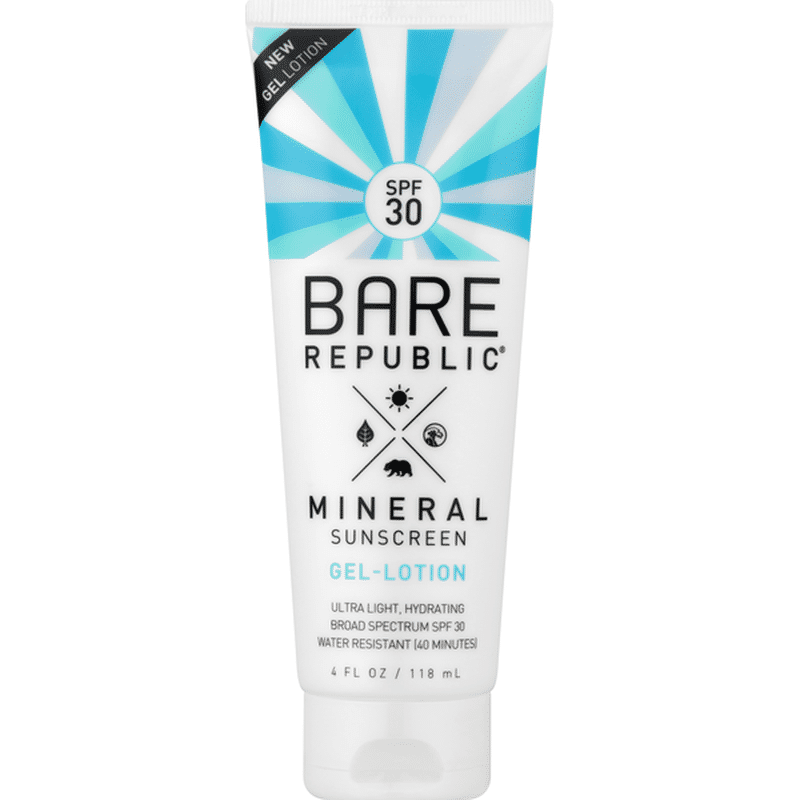

Fortunately, more recent research suggests that DNA damage from nanoparticles is not very likely. There has been some concern that these nanoparticles are small enough to penetrate cell membranes (normally, our cells recognize foreign material as an invader and block it out). teeny microscopic particles that are less than 100 nanometers in diameter) are typically used in sunscreen.
Bare republic sunscreen recall skin#
By contrast, mineral sunscreens work by reflecting the UV radiation.īecause the application of mineral sunscreen ingredients leaves skin with a telltale white sheen, nanoparticles (i.e. Chemical sunscreens above work by absorbing UV radiation. Given the dangers of chemical sunscreens, the safest way to avoid sunburn is to use a natural sunscreen that contains “barrier” ingredients, such as titanium dioxide or zinc oxide. Moreover, these ingredients are disastrous to the environment, putting coral reefs in danger of extinction. It’s worth noting that ALL of these ingredients are absorbed into the body after one use, and can still be detected in the blood weeks after their use, according to studies published by the FDA. Avoid any sun protection product that has this in it. sunscreens are currently allowed to have up to 15% homosalate. The European Commission proposes a concentration limit of 1.4 percent for homosalate.
Bare republic sunscreen recall free#
The good news: even Coppertone is free of oxybenzone now! That’s thanks to consumer demand–way to go, you guys! ❌ Oxybenzone is the really bad ingredient it causes cellular damage and endocrine disruption. ⚠️Octisalate and octocrylene are also both Okay Stuff, without major health concerns, but slightly worse than avobenzone. If you choose to use a chemical sunscreen, choose one with avobenzone as the primary active ingredient. ⚠️ Avobenzone is Okay Stuff, and the best of chemical sunscreen options. I encourage you to choose sunscreens that use only mineral ingredients (more on these below), but you should know that not all chemical sunscreens are equally bad. Note: These days, almost all sunscreen is free of PABA (para-aminobenzoic acid), and so this once ubiquitous-and possibly carcinogenic-sunblock ingredient is no longer a concern. The nontoxic sunscreens we call Best Stuff in this guide are free of the Bad Stuff we talk about in our skincare Guides–synthetic fragrances, PEG chemicals, propylene glycol, alumina, etc. In addition to the active ingredients, sunscreen also contains a number of inactive ingredients, some of which are concerning. Still, add this potential risk to the risk of vitamin D deficiencies, and standard sun safety doesn’t feel so safe! Some researchers even suspect oxybenzone to be the hidden cause of the increase in melanoma, although most studies have found no such link.


Is Sunscreen Toxic?Ĭonventional sunscreen is loaded with chemicals, including parabens, well-established carcinogens, and oxybenzone, an endocrine disruptor that may generate free radicals when exposed to ultraviolet light.


 0 kommentar(er)
0 kommentar(er)
